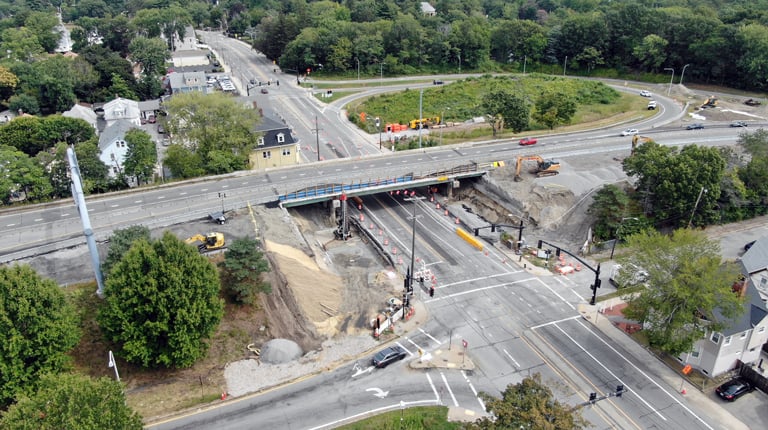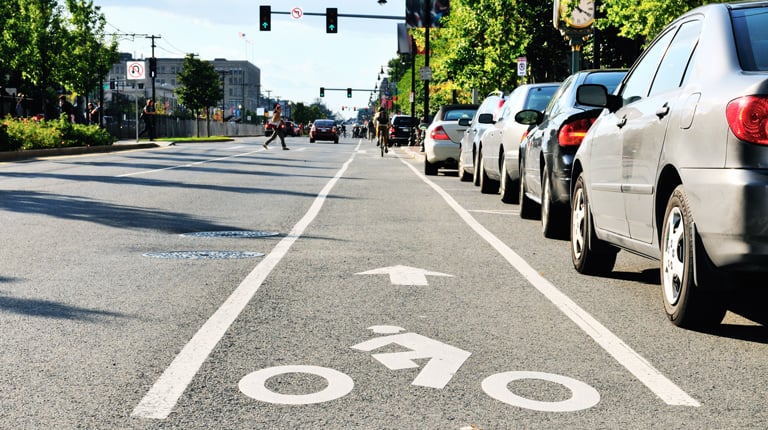
Tim Rusteika, PE, Director of Engineering based out of VHB’s Boston office, has worked extensively with the Massachusetts Bay Transportation Authority (MBTA) and other transportation agencies throughout New England during his 15 years at VHB. We spoke with Tim to learn more about how he and his team deliver multidisciplinary services that add value to transit projects from start to finish.
VHB: What project scopes and stages does VHB’s Transit & Rail team support?
Tim: Our Transit & Rail Team partners with agencies to plan and design projects that transform communities, covering a wide range of transit initiatives, including bus, light rail, commuter rail, freight, and station developments. We are involved at every stage, from initial planning through to construction. In addition to the core transit components, our projects often integrate various transportation elements, such as roadway design, traffic management, structural engineering, and grade crossing solutions. We focus on the entire transportation environment to ensure a comprehensive approach to transit development.
The Downtown Transit Center project in Burlington, really stood out for its thoughtful planning and smart execution. Early on, we took a close look at more than 30 possible sites, diving into a detailed analysis to weigh the pros and cons of each. We focused on finding the right balance of cost, capacity, and long-term efficiency to serve both today’s riders and future needs. Once we landed on the best spot, we moved right into the final design and stayed involved, working closely with Green Mountain Transit and the contractor through construction. That teamwork kept the project moving smoothly from the first ideas to opening day, leading to a well-coordinated and successful project outcome.
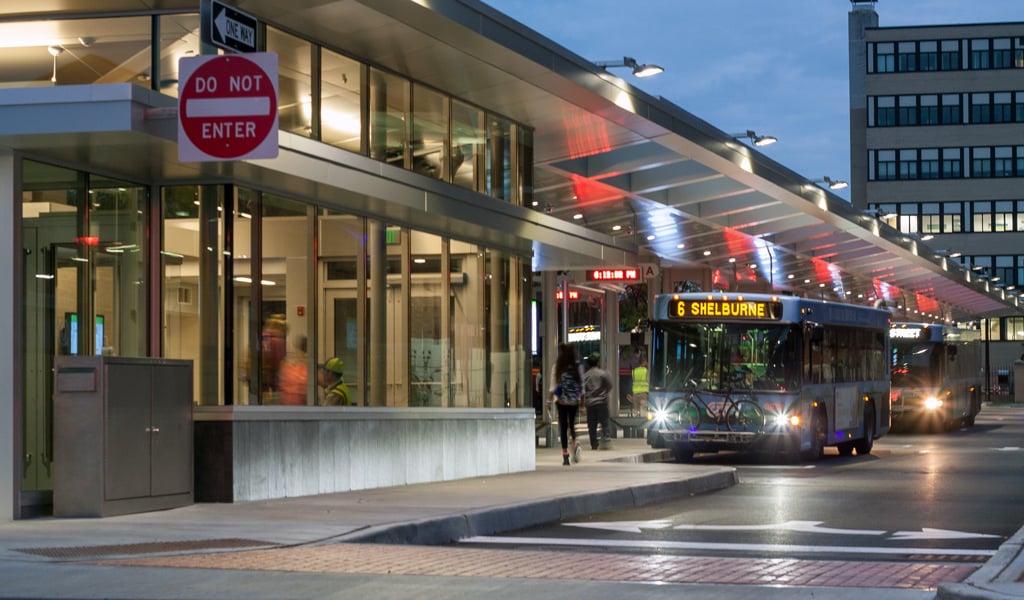
At the MBTA’s Ruggles Station project—which included a new commuter rail platform and upgraded busway—we stayed involved from the first planning discussions all the way through final design and construction. We kept things on track by overseeing every part of the process and adapting quickly when challenges popped up, like tricky soil conditions or hidden utilities. Our hands-on, problem-solving approach helped keep disruptions to a minimum and avoided unnecessary delays or costs.
Working closely with the MBTA, we focus on meeting a project’s immediate needs while also keeping an eye on future potential. Our ongoing work on the Red Line Braintree Branch—bringing traction power and signal system upgrades—shows how committed we are to strengthening the region’s transit network. It’s rewarding to be part of projects that make a real difference for riders, and inspiring to see those improvements in action every day.
VHB: What is VHB’s approach to designing transit improvements in urban and dense suburban environments?
Tim: We balance safety, accessibility, community needs, and environmental impacts by engaging stakeholders and the public early in the design phase. As a project manager, I engage VHB staff from across our service lines to cultivate a comprehensive understanding of client and stakeholder needs and integrate them into a design that best meets the project’s goals.
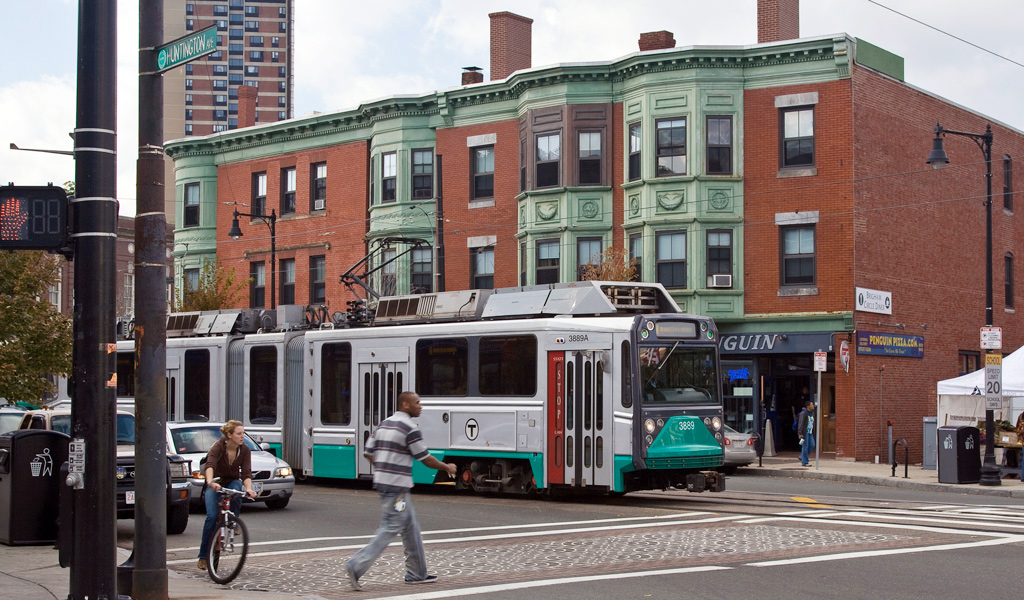
VHB: What role does technology play?
Tim: Technology is integral to our work. We utilize drone imagery, LiDAR, and GIS for data collection, mapping, and 3D modeling, all of which help us understand the existing conditions of project areas and inform our design process. For various MBTA projects, we've employed a wearable NavVis LiDAR scanner to generate 3D point cloud models and capture 360° photos. These tools are crucial in assessing the current state of stations on the Red, Orange, and Blue Lines and aid in developing recommendations for state-of-good-repair improvements.
VHB: How are improvements and new transit systems safely implemented?
Tim: Signage is a huge safety factor. Through involvement in the Railroad and Light Rail Technical Committee of the National Committee on Uniform Traffic Control Devices, I gather insights for designing grade crossing signage for pedestrian, cyclist, and motorist safety from experts across the country. This knowledge has aided me in designing effective grade crossing signage that safeguards pedestrians, cyclists, and motorists.
A practical example is the Burlington Downtown Transit Center, where we installed extensive signage to navigate the complex roadway configuration. This was essential in protecting pedestrians and ensuring vehicles remain outside the transit right-of-way.
VHB: How does VHB’s operations modeling benefit projects?
Tim: Our Transit & Rail team includes skilled operations analysts who simulate transit systems to identify bottlenecks and propose infrastructure that would provide more reliable and efficient transit and rail service. Through their work, we’re able to streamline schedules, save clients money, and reduce commute times for passengers. For instance, at the MBTA’s Pawtucket Commuter Rail Station, our model demonstrated that the station could be built on mainline tracks without disrupting Amtrak operations on the Northeast Corridor, the nation’s busiest rail line. This insight saved the owner the significant expense of building additional siding tracks.
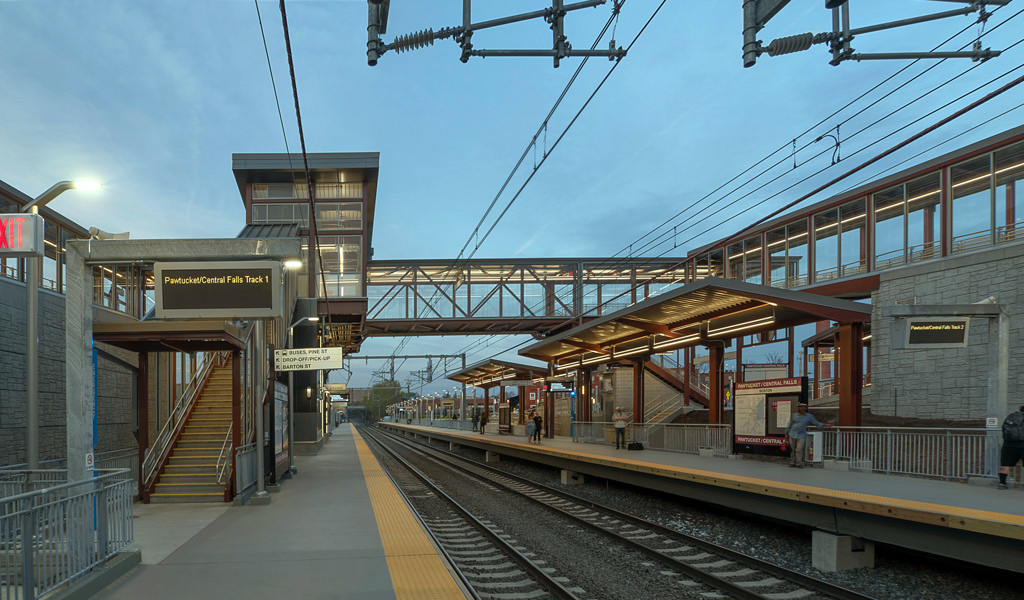
VHB: How does VHB’s team collaborate to enhance projects?
Tim: Our 100-person Transit & Rail team collaborates across offices to support projects requiring special skills or additional resources. I’ve helped our Vermont team with projects for Vermont Rail Systems (VRS), our Maine team with projects for the Northern New England Passenger Rail Authority (NNEPRA), our New York team with projects for the Metropolitan Transportation Authority (MTA), and our Atlanta team for projects with the Metropolitan Atlanta Rapid Transit Authority (MARTA). As a project leader, I’ve helped connect transit and rail professionals from other regions, with specialists in site design, structures, signals, operations, and environmental fields. This teamwork allows us to share solutions and develop innovative approaches to best serve our clients’ needs.

